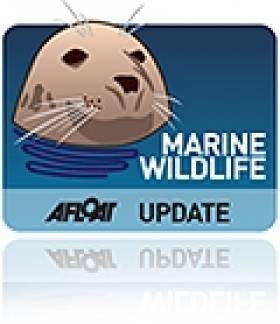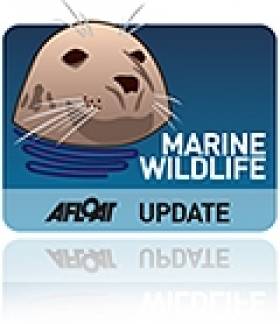Displaying items by tag: Live Stranding
Sperm Whale Dies on Dungarvan Beach
A sperm whale that beached on a sand spit in Dungarvan, Co Waterford on Friday has died.
The male whale had been spotted off the coast in the 24 hours before it was discovered 'live stranded' on Cunnigar Strand.
Rescuers said there was "no effective way" of refloating the 10+ metre long whale from what became its final resting place.
"Once they come this far inshore they are pretty much doomed," the Irish Whale and Dolphin Group's (IWDG) Pádraig Whooley told the Irish Examiner.
No decision has yet been made regarding disposal of the whale carcass, but Irish Weather Online quotes Whooley as saying it is "a wasted opportunity when these magnificent specimens are simply hauled off for incineration".
Live Dolphin Strandings on West Coast
The Irish Whale and Dolphin Group (IWDG) have received reports of five live stranding incidents of these marine animals along the west coast between 23 July and 9 August. There was a further report of a stranded striped dolphin from the Shannon Estuary Co. Clare on 9 August which, although dead when found, may also have live stranded. Pictures on the IWDG Website HERE.






























































